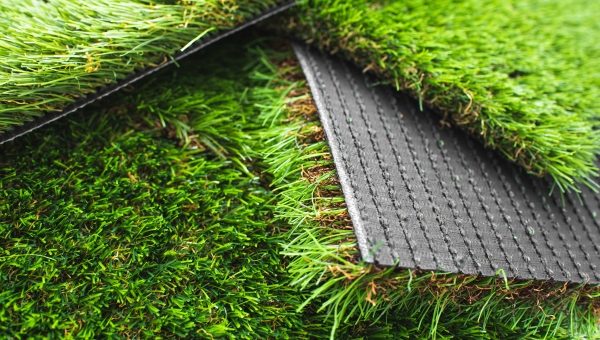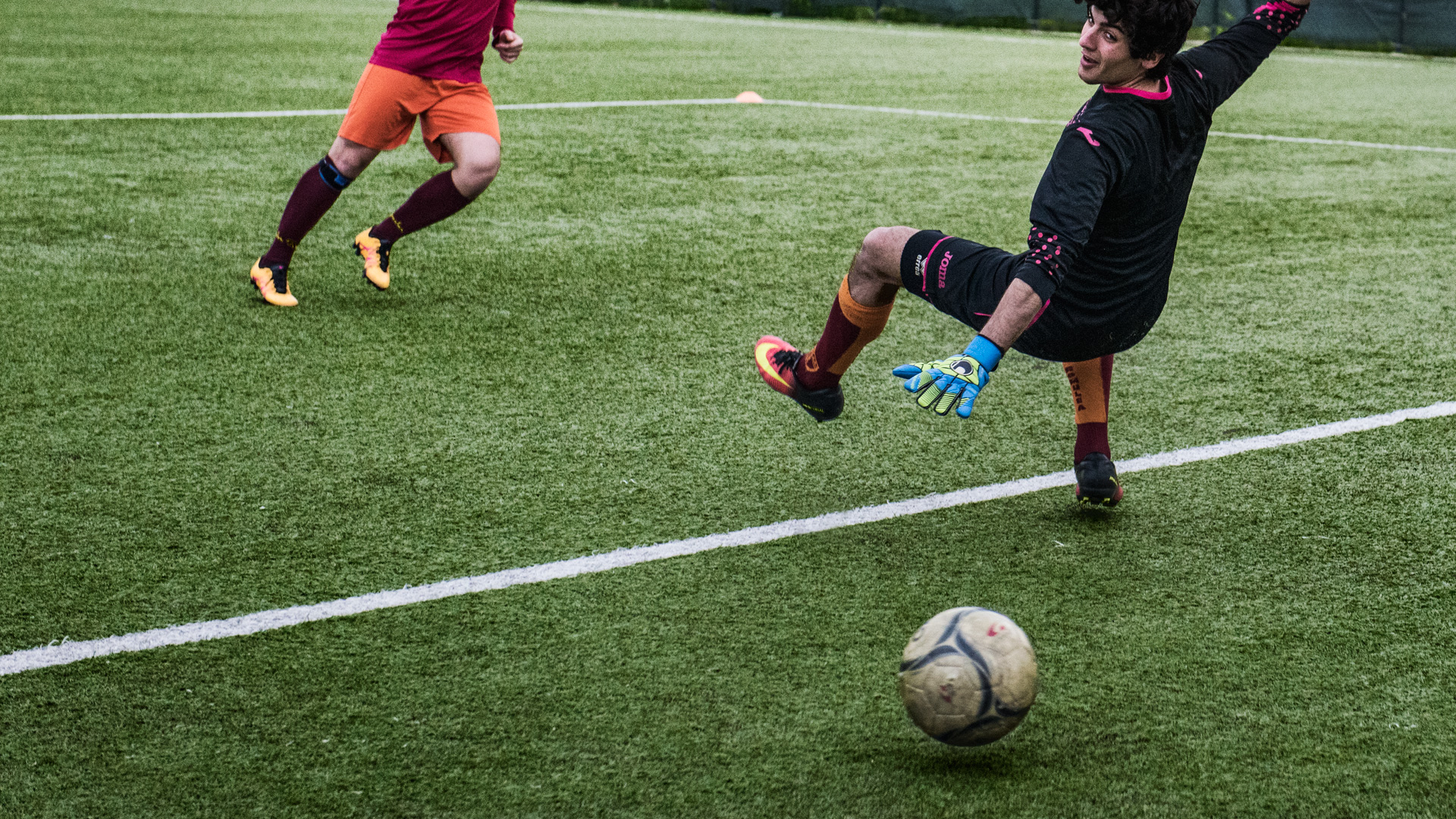Delve Into the Environmental Advantages of Opting for Artificial Turf Solutions
The adoption of synthetic lawn remedies presents a compelling opportunity to attend to pushing environmental obstacles. By dramatically minimizing water use and lessening the application of dangerous chemicals, these alternatives not only promote lasting landscaping but also safeguard regional communities.
Water Conservation Conveniences
One of the most significant advantages of man-made lawn is its capability to preserve water. In comparison, synthetic lawn does not need watering, substantially reducing the total need for water sources.
By getting rid of the need for normal watering, fabricated lawn adds to lasting landscape methods and assists mitigate the environmental effect of extreme water intake. The preservation of water extends to the reduction of runoff, which can lead to soil disintegration and waterway contamination.
In addition, the installation of fabricated lawn allows house owners and municipalities to allot water resources a lot more effectively, concentrating on crucial uses such as alcohol consumption water and farming. The change towards synthetic grass not just promotes accountable water usage however also aligns with more comprehensive ecological objectives intended at preserving all-natural resources.
As communities significantly prioritize sustainability, the water conservation benefits of synthetic grass offer an engaging case for its fostering in domestic and commercial landscaping projects.
Reduced Chemical Usage
The transition to man-made grass significantly decreases the dependence on chemical treatments commonly utilized in all-natural yard maintenance. Standard turf monitoring typically involves the application of plant foods, herbicides, and chemicals to advertise growth and control bugs. These chemicals can posture threats to human health and wellness, local wild animals, and the environment, contributing to soil and water contamination.
In contrast, synthetic grass gets rid of the need for these damaging substances. When set up, it calls for marginal upkeep, largely including routine cleaning and irregular infill replenishment. This reduction in chemical use not only profits the immediate environment however also contributes to wider environmental security. By decreasing the release of artificial substances into the ecological community, synthetic grass promotes much healthier dirt and water supply.
In addition, the lack of chemical drainage related to synthetic grass installments helps shield neighborhood waterways from contamination, supporting marine life and keeping biodiversity. Turf installation phoenix az. As areas significantly focus on sustainable practices, selecting artificial turf offers a sensible service that straightens with environmental conservation goals. Via this shift, home owners can enjoy lush green rooms without compromising environmental health and wellness, leading the way for an extra sustainable future
Lower Carbon Footprint

In addition, the installation of synthetic grass can cause substantial water conservation. Natural grass require significant quantities of water for watering, which not only includes to the carbon footprint connected with water removal and therapy however likewise stress regional water sources. On the other hand, artificial grass needs marginal upkeep, requiring no watering, consequently dramatically reducing water use and its connected energy expenses.
Furthermore, the longevity of click man-made turf adds to its reduced carbon effect. With a lifespan of as much as 15 years or more, the need for constant substitutes is diminished, resulting in much less waste and lower power consumption in manufacturing and taking care of typical turf options. Overall, synthetic grass offers a sustainable alternative for eco aware landscaping.
Habitat Preservation
Habitat conservation is a crucial factor to consider in the argument over landscape design options, specifically when comparing man-made turf to natural lawn. All-natural yard yards typically require substantial maintenance, consisting of using plant foods, pesticides, and herbicides, which can negatively influence regional ecological communities. These chemicals can leach right into the soil and waterways, harming native vegetation and animals and disrupting local environments.
In contrast, synthetic lawn provides a chance to reduce the ecological footprint of landscape design. By going with synthetic lawn, homeowners can decrease the interruption of natural habitats connected with conventional grass treatment practices. Artificial turf eliminates the requirement for hazardous chemicals, thus protecting close-by wildlife and keeping the integrity of bordering ecological communities. The installment of fabricated grass can lead to the conversion of former lawn areas into more biodiverse landscapes, such as pollinator gardens or indigenous plant locations, which can sustain regional wildlife.
Eventually, the transition to fabricated turf not only saves water and decreases maintenance efforts yet likewise cultivates a more harmonious relationship in between human activities and the all-natural environment, advertising habitat preservation at the same time.
Long-Term Sustainability
Lasting sustainability is a vital variable in evaluating the benefits of artificial lawn over standard yard lawns. One of one of the most considerable benefits of synthetic grass is its durability; it can last up to 15-20 years with click site marginal maintenance, whereas natural turf needs frequent reseeding and replacement. This long life reduces the demand for continuous sources, such as water, plant foods, and pesticides, which are necessary for preserving a healthy and balanced grass yard.
In addition, synthetic grass adds to a decrease in carbon exhausts associated with yard care equipment. Conventional grass often call for gas-powered mowers, trimmers, and blowers, all of which add to air pollution. Arizona artificial turf. In comparison, artificial turf eliminates the requirement for such tools, advertising a cleaner setting
Additionally, the manufacturing of synthetic grass significantly makes use of recycled materials, boosting its sustainability account. As makers embrace green methods, the environmental impact of synthetic grass continues to reduce.

Verdict
The fostering of synthetic turf remedies offers significant ecological advantages, including considerable water preservation, decreased dependence on dangerous chemicals, and a lower carbon impact. Moreover, man-made turf aids in preserving natural environments by minimizing land disturbance and promoting lasting sustainability via the usage of sturdy materials. Collectively, these aspects underscore the capacity of synthetic grass to add favorably to ecological wellness and provide a practical option to standard landscape design techniques in an increasingly resource-conscious world.
In comparison, man-made grass does not require watering, significantly reducing the general demand for water resources. By reducing the launch of synthetic substances right into the environment, artificial turf promotes healthier soil and water systems.
Furthermore, the installment of synthetic grass can result in substantial water preservation. In comparison, man-made lawn requires very little upkeep, requiring no watering, thereby dramatically minimizing water usage and its connected power prices.